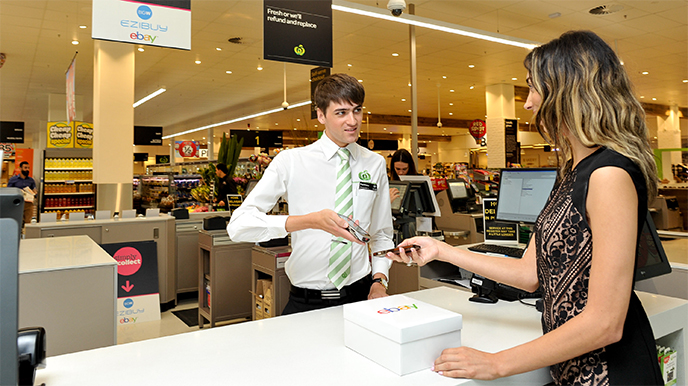Mike Richmond, chief commercial officer at Doddle, looks at how instant click and collect could change the face of the retail and delivery industry.
In-store collection of online orders – click & collect, or BOPIS in the USA – is already an essential part of many omnichannel retailers’ playbooks, and the UK is the most mature market in the world for this behavior, with retailers frequently reporting more than half of their orders being collected in store.
For retailers, it’s been a no-brainer – it has reduced logistics costs, driven in-store sales thanks to increased traffic, and given them an opportunity to increase their ‘engagement’ with consumers. Moreover, for the smart retailers, it has given them better data than ever on the (absolutely critical) value of their omnichannel customers.
There’s an oddity, though. Almost all click and collect in the UK is offered on a next-day or often slower service. That’s typically driven by two factors. First, most retailers set up their e-commerce supply chain distinctly from that of their store supply chain. And second, most retailers don’t have much confidence in what their systems say they have in store.
At the same time, customers demand for faster delivery shows no signs of abating. Even taking with an enormous pinch of salt the myriad consumer insight surveys that ask leading questions like ‘would you like faster shipping’, there are loads of metrics showing how consumers are increasingly desirous of next and even same-day delivery options.
So why is no-one talking about ‘instant click and collect’?
The concept is simple. The single biggest advantage multichannel retailers have over their pureplay rivals is that they already have their products in places near the people who want them. Multichannel retailers’ job, using the old adage, is simply to have the right stuff in the right place at the right time. All they need to do is make it instantly available to online consumers to pick up.
To do this requires more investment in managing inventory, and better store applications around services like click and collect, but both are (or should be) front and center of retailers’ strategies in any case. And none of the online retail behemoths like Amazon, ASOS, Boohoo, eBay can offer anything anywhere near as sexy as Instant Click and CollectTM – I’m getting excited writing this, so I’ve just trademarked it – and that’s why I believe it’s going to be the biggest trend in e-commerce over the next few years.
The other bonus is that there’s no shipping required and the staff in the store are already there, so the time it takes to pick the item and have it in the collection point is effectively sunk cost.
Is anybody doing it?
There are precisely six retailers in the UK (of scale) that we’ve found who already offer it in some form: Argos, Superdrug, Screwfix, B&Q, Schuh and Next.
These retailers all advertise their instant click and collect offers on product pages, asking for a postcode to confirm local availability and then showing stores with stock sorted by proximity. It’s a really attractive proposition.
One thing you notice when you test the systems, though, is that apparel is much harder to make available for Instant Click and CollectTM than FMCG products you might get from Superdrug or Argos, or hardware supplies you might get from B&Q. The most obvious reason being the number of SKUs you may have in apparel with 8/10 sizes in a given item.
That means it’s often not possible to instantly collect three or four items from Next, while you’re more likely to be able to instantly collect a similarly sized basket from Argos.
Over in the USA, Target has led the market with a two-hour collection proposition. Structured similarly to the UK retailers above, Target also allows shoppers to filter search results and category pages by those items which are available for pick-up in two hours from their selected store.
In-store collection has already been phenomenally successful – almost oddly so. You’re buying something from an online store, only to go into a physical store to pick it up. I bet many people thought it had no chance as a delivery proposition. But the evolution of click and collect is to be an instant and free pick-up option, which could be a game-changing differentiator.


